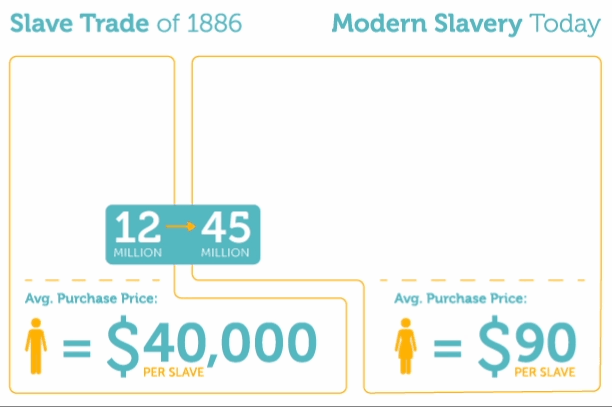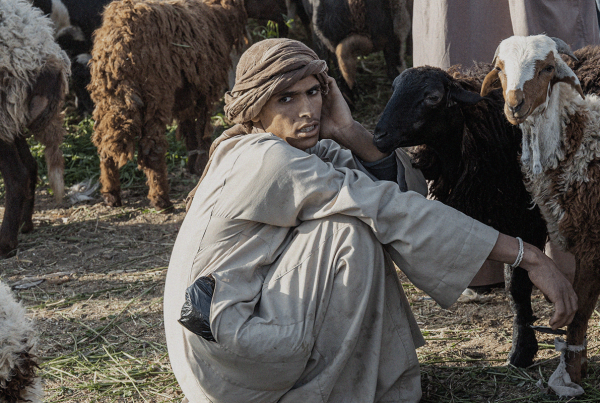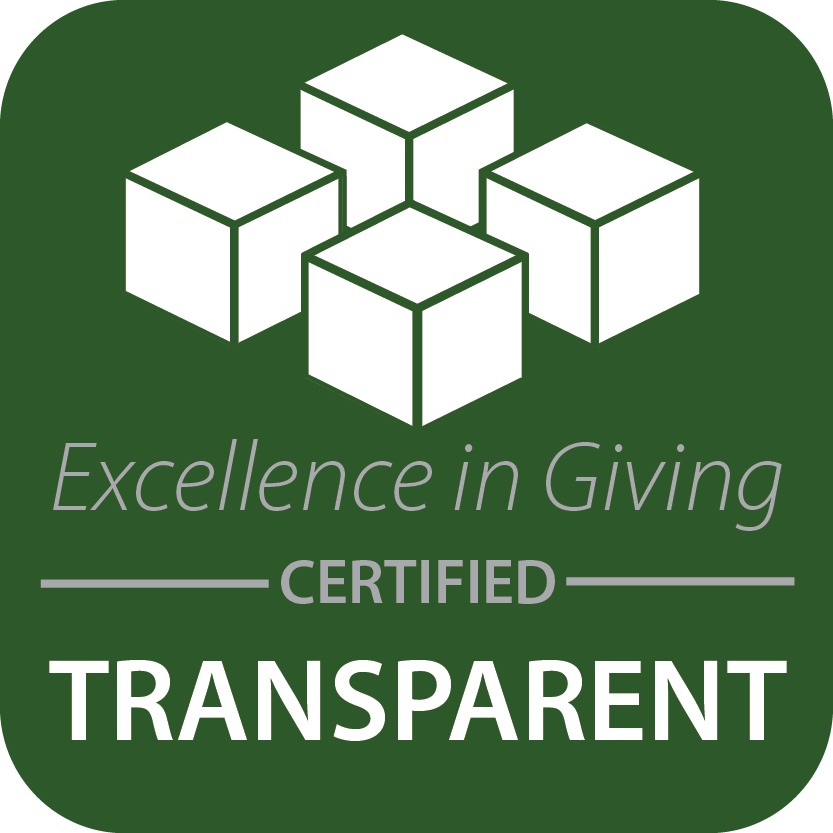Does slavery exist in the United States, “the land of the free and home of the brave?”
The answer is simple: yes, slavery does still exist in America today. In fact, the estimated number of people living in conditions of modern slavery in the United States right now is 403,000.
But where?
Why?
I don’t see it!
You will. You just have to know where to look: in your child’s school, working on your roof, in your favorite restaurant, in your grandmother’s nursing home, or along the supply chain of that beautiful outfit you just bought at the mall. Slavery exists all over America — and it’s often hiding in plain sight.
What is modern-day slavery?
Currently, slavery is recognized in essentially the same way it has been throughout history. Kevin Bales (co-founder of Free the Slaves) defines a slave as someone who is “forced to work without pay under threat of violence and unable to walk away.”
We often use another term in place of slavery: human trafficking. The UN defines human trafficking as “the recruitment, transportation, transfer, harbouring or receipt of people through force, fraud or deception, with the aim of exploiting them for profit.”
The history of slavery
When many of us think of slavery in the United States, we think back to the Transatlantic Slave Trade—a dark time for our nation and much of the world. From 1526–1867, approximately 12.5 million slaves were forced onto ships in Africa and taken primarily to the Americas.
Historically, individuals forced into slavery were highly valuable to slaveholders. Capturing individuals and sending them to the U.S. was challenging and costly.
Today, however, the supply and demand for slaves are high, but the cost is low. For modern traffickers, it’s relatively easy to ensnare individuals and force them into slavery. They are viewed as disposable. In 1850, an average slave cost about $40,000 (adjusted for inflation). Worldwide, the average price for a slave today is only $90.

More people are enslaved around the world today than ever before in recorded history. But identifying slavery isn’t nearly as simple as it was when it was legal and occurring openly. In fact, it can be difficult or even impossible to identify modern-day slavery due to its concealed or “underground” nature. With the rapidly expanding market for cybersex trafficking and online exploitation of children, the problem has been compounded.
The hidden nature of human trafficking makes it easy for people to falsely assume that it isn’t happening in the United States. As the Trafficking in Persons Report states, “Traffickers constantly adapt their tactics to evade detection and operate in zones of impunity.”
Who is enslaved in America today?
Modern-day slavery involves one person or a group of people controlling and exploiting others for profit. Victims are often deceived through false promises, unfair debts, or desperation to support themselves and their families.
While any type of person can be enslaved, certain groups are often targeted due to their vulnerabilities. When someone is unfamiliar with their surroundings, part of a marginalized community, or desperate for work, love, and shelter, they are more easily taken advantage of. Many of these individuals have a history of abuse, addiction, and trauma. Communities in the U.S. that are particularly at risk for being trapped in modern-day slavery include kids in foster care, people of color, LGBTQ+ individuals, and migrants. Perpetrators understand the vulnerabilities of these groups all too well.
Groups most vulnerable to modern slavery in the United States.
Types of slavery in the United States today
The National Human Trafficking Hotline reported 8,542 cases of trafficking in the United States in 2017 alone. This included multiple cases in every state. That number is also far lower than the reality, due to underreporting.
We urge you to continue pressing into this problem occurring all around you. Further education is a vital next step in combating modern-day slavery in America.
Keep investigating. Notice the woman who seems like an outcast, the man who cleans your family’s hotel room, and the child who shows unusual behavior at school. For as long as modern-day slavery exists in America, ordinary heroes will be needed to fight back.
As Martin Luther King, Jr. once said, “Darkness cannot drive out darkness; only light can do that.”
So let’s shine some light on the shadows. Only then can we effectively fight modern-day slavery here in our U.S. neighborhoods, schools, businesses, and communities.
Learn more by taking the free TraffickWatch Academy course.
Free TraffickWatch Academy Course
Provide your email below, and we’ll email you access to the course. We’ll also occasionally email you educational resources and ways to get involved in fighting human trafficking.






